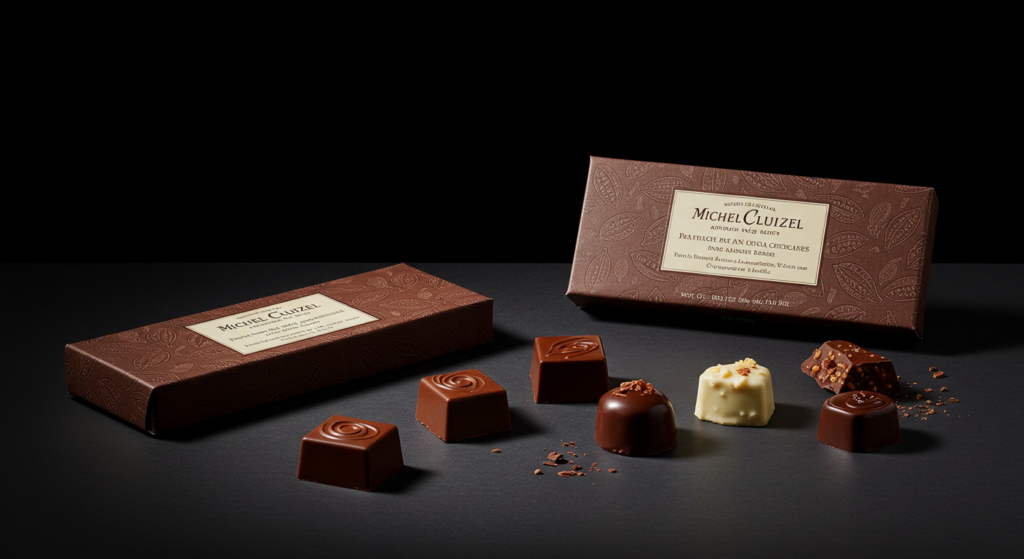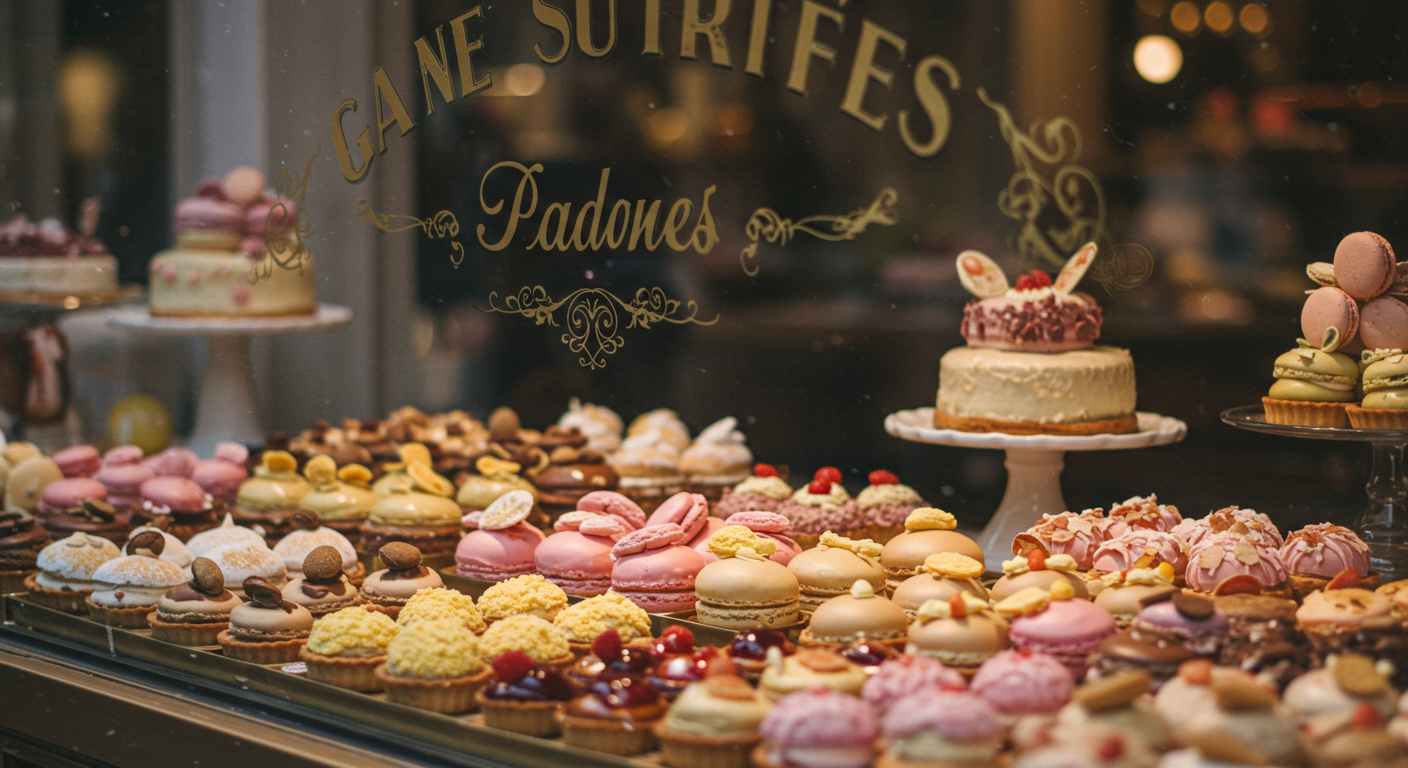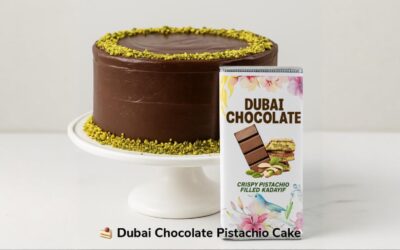French Sweets are more than desserts—they are edible art forms. Loved worldwide, these delicacies stand out for their technical excellence, refined flavors, and cultural prestige. Let’s explore why these treats from France continue to charm dessert lovers across the globe.
Centuries of Culinary Tradition
These iconic pastries are built upon a rich heritage that dates back centuries. During the reign of Louis XIV, sugar became a symbol of wealth, and the royal courts developed a taste for exquisite confections. By the 18th and 19th centuries, professional pastry chefs and culinary schools like Le Cordon Bleu formalized techniques that still define the art of French pâtisserie today.
Unmatched Technical Skill
Precision is key in crafting these gourmet desserts. From flaky mille-feuille to delicate macarons, each treat requires mastery of classic techniques such as ganache, pâte à choux, pâte sucrée, and meringue. These methods are not only taught in France’s prestigious culinary institutions but have become global standards.
Aesthetic Appeal
These elegant creations are famous for their visual beauty. Delicate shapes, pastel colors, glossy finishes, and precise presentation make them a feast for both the eyes and palate. The artistry involved enhances the sensory experience and elevates them beyond simple indulgences.

Sophisticated Flavors
Unlike overly sugary snacks, French sweets aim for balance and complexity. Ingredients like lavender, rose, passionfruit, almond, and hazelnut are layered into refined flavor profiles. This sophistication is part of what makes French sweets so appealing around the world.
Cultural Prestige and Luxury
French sweets represent luxury and culture. Brands like Ladurée, Pierre Hermé, and Michel Cluizel are more than just bakeries—they’re symbols of Parisian elegance. Whether enjoyed in a charming café or gifted in beautiful packaging.
Global Influence
French pastry techniques have spread worldwide. Culinary schools everywhere teach students how to make French sweets, and many global desserts are based on French classics. It’s no surprise that you’ll find croissants, macarons, and tarts on menus in every corner of the world.
Innovation Meets Tradition
While French sweets are rooted in tradition, they constantly evolve. Chefs experiment with flavors like matcha, wasabi, and yuzu, bringing modern twists to old favorites. This harmony of innovation and heritage keeps French sweets relevant and exciting.
Michel Cluizel: A French Chocolate Icon
Among the finest French sweets, Michel Cluizel stands out. This family-run chocolatier, founded in 1948 in Normandy, produces exceptional bean-to-bar chocolate. Known for their plantation-specific bars and absence of artificial ingredients, Michel Cluizel’s creations are a luxurious celebration of purity and craftsmanship. Their ganaches, pralines, mendiants, and caramels reflect the high standards of French sweets.

Macarons: The Crown Jewel of French Sweets
There is often confusion between macaroons and macarons. The former are coconut-based, American-style treats. The latter, however, are elegant French sandwich cookies made with almond flour and filled with ganache or buttercream. Originally introduced by Catherine de Medici’s chefs in the 16th century, modern macarons gained popularity through Ladurée in the 20th century. Their delicate texture and vibrant flavors make them a beloved part of French sweets.
Discover the Elegance at Ethnology
French sweets offer a perfect blend of history, beauty, craftsmanship, and flavor. Whether it’s a box of Michel Cluizel chocolates or a tray of macarons, French sweets are always a thoughtful and luxurious gift.
Discover our curated collection at www.ethnologysweets.com and share the joy of French sweets with your loved ones.
As the French say: “Partagez votre amour des douceurs.”




